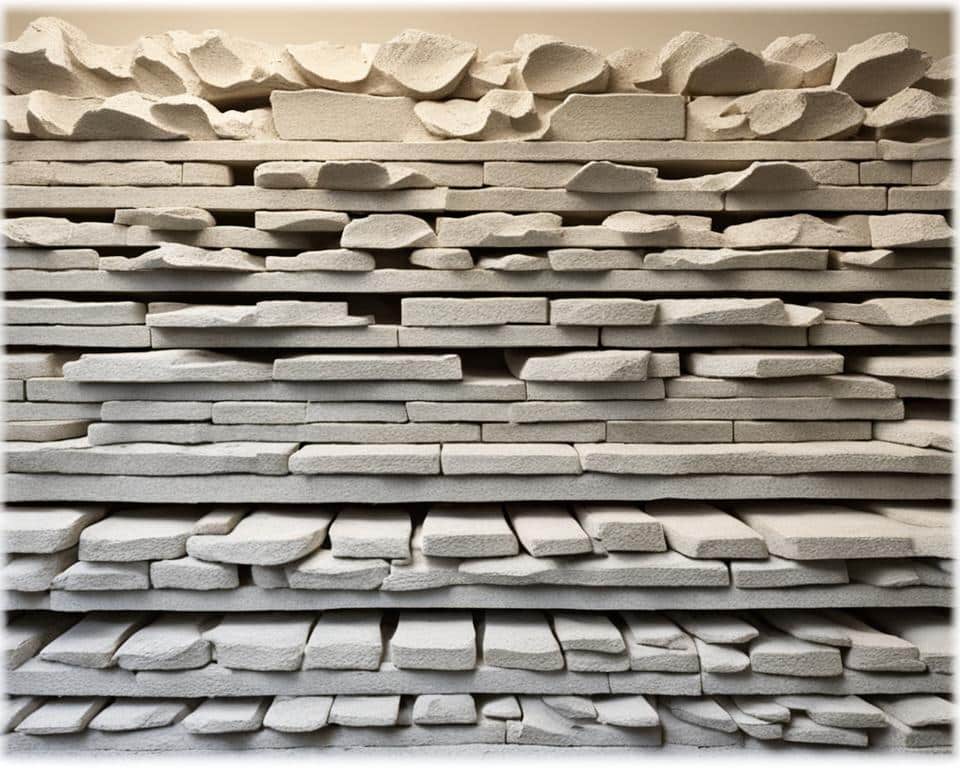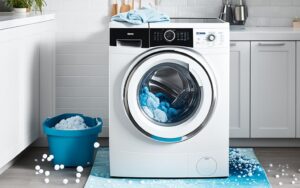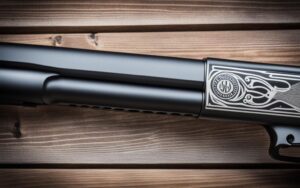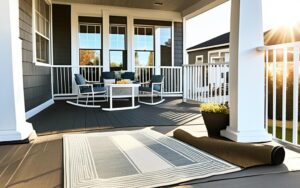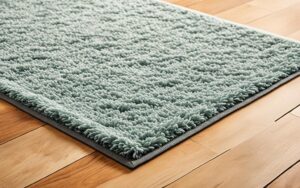What are kiln shelves made of? When it comes to kiln furniture, including kiln shelves, the materials used are crucial.
Kiln shelves are designed to withstand high temperatures without deforming, making the choice of material an important consideration.
There are various kiln shelf materials available, each with its own unique properties. The most common materials used for kiln shelves include cordierite, mullite, silicon carbide, alumina, and zirconia.
Cordierite is a popular choice for kiln shelves as it can withstand temperatures up to 1275°C. Mullite, on the other hand, can handle temperatures up to 1750°C.
Silicon carbide is another commonly used material that can withstand temperatures up to 1500°C. Alumina has a higher temperature limit of 1750°C, while zirconia can handle temperatures up to 1650°C.
Each of these kiln shelf materials offers different properties such as thermal shock resistance, load-bearing capacity, and resistance to wear and chemical stresses.
These factors play a significant role in determining the suitability of a kiln shelf material for specific applications.
Types of kiln shelf materials open up a world of possibilities for artists and craftsmen. By understanding the different kiln shelf options available, artists can choose the material that best meets their specific needs.
In the next section, I will discuss the important factors to consider when choosing kiln furniture, taking into account elements such as firing temperature, size and shape requirements, and material compatibility.
Factors to Consider When Choosing Kiln Furniture
When selecting kiln furniture, several factors need to be taken into consideration. Understanding your kiln and its specific requirements for kiln furniture is crucial.
Different types of kilns, such as electric kilns, shuttle kilns, tunnel kilns, and roller kilns, may require different types of kiln furniture.
Each kiln has unique characteristics and specifications that must be considered when making your selection.
One of the primary factors to consider is the firing temperature range you will be working with.
Different kiln furniture materials have temperature limitations, so it’s essential to choose a material that can withstand the temperatures of your firing process.
The size and shape requirements of your objects are also critical considerations when choosing kiln furniture.
Kiln furniture should provide adequate support and allow for proper airflow during the firing process. Evaluating the dimensions and shapes of your ceramics will help you determine the appropriate kiln furniture to meet your needs.
Material compatibility is another crucial factor to consider. Different kiln furniture materials have unique characteristics and properties that may be more suitable for specific applications.
Understanding the compatibility of your ceramics with different materials will enable you to make an informed decision.
By considering these factors, you can choose the right kiln furniture that meets your firing temperature requirements, size and shape specifications, and material compatibility needs.
Types of Kiln Furniture Components
Kiln furniture consists of various components that serve different functions. These components are essential for creating a supportive and efficient environment for the firing process. Let’s explore the key kiln furniture components:
Kiln Shelves
Kiln shelves, also known as batts, are flat surfaces that hold and support the ceramics during firing. They provide a stable platform for the objects being fired, ensuring even heat distribution and preventing warping or cracking.
Kiln shelves are usually made from materials such as cordierite, mullite, silicon carbide, alumina, and zirconia, depending on the specific needs of the firing process.
Props
Props or stilts are used to elevate pottery and prevent pieces from touching each other or the kiln floor.
They come in various shapes and sizes, allowing for versatility and customization in kiln setups. Props help create proper airflow and even heat distribution, ensuring uniform firing results.
Saggers
Saggers are box-like containers that enclose or protect the ware being fired inside a kiln.
They provide a controlled environment for delicate or intricate pieces, shielding them from direct contact with the kiln atmosphere or other objects.
Saggers are commonly used for high-temperature firings and in industries such as ceramics and glass manufacturing.
Rollers, Beams, and Rods
Rollers, beams, and rods are specific kiln furniture components used in roller kilns. Roller kilns are designed to support and transport ceramics as they move through the firing process.
These components play a crucial role in facilitating efficient and continuous firing operations, ensuring the products receive uniform heat treatment.
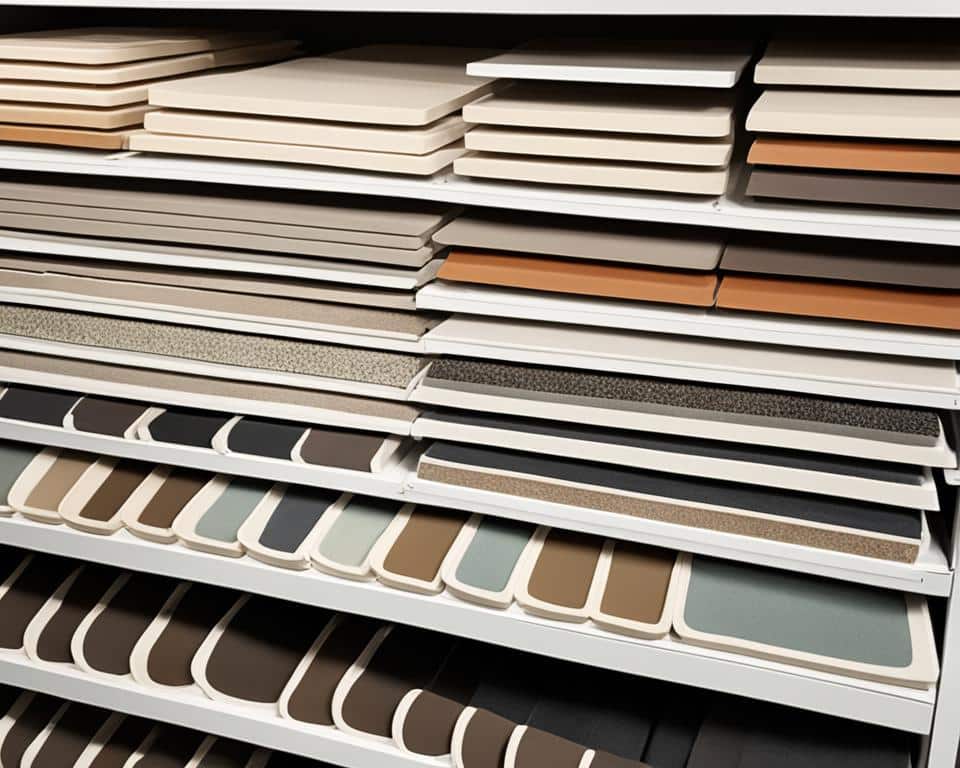
The design of the kiln furniture system depends on the specific requirements of the ceramics being manufactured.
Industries such as structural clay products, dinnerware, tiles, and electronic ceramics utilize various kiln furniture components to achieve the desired results.
Tips for Choosing the Right Kiln Furniture
When selecting kiln furniture, there are several key factors to consider to ensure optimal performance and longevity. First and foremost, take into account the firing frequency.
If you plan to use the kiln frequently, it is essential to choose a material with a high thermal shock rating. This will prevent any potential damage caused by rapid temperature changes during repeated use.
Another crucial aspect is evaluating the cost and durability of different kiln furniture options.
While some materials may have a higher upfront cost, they often offer superior durability, resulting in a longer lifespan and reduced replacement expenses over time.
It’s important to strike a balance between upfront investment and long-term value.
Thermal stability is paramount for kiln furniture, especially considering the extreme temperatures it will endure.
Look for materials that exhibit excellent thermal stability, allowing them to withstand the repeated heating and cooling cycles without warping or cracking.
This ensures consistent and reliable performance throughout the kiln’s lifetime.
Additionally, consider the load-bearing capacity of the kiln furniture. You want to ensure that the chosen furniture can support the weight of your ceramics without sagging or deforming.
It is also important to take into account the airflow and heat distribution within the kiln to achieve uniform firing results.
Lastly, consulting with experienced professionals or kiln manufacturers can provide valuable insights and recommendations when selecting the most suitable kiln furniture for your specific needs.
Their expertise and knowledge will help you make an informed decision, ensuring optimal performance and efficiency in your ceramic firing processes.
FAQ
What Materials Are Kiln Shelves Made Of?
Kiln shelves are commonly made of refractory materials such as cordierite, mullite, silicon carbide, alumina, and zirconia.
How Do I Choose The Right Kiln Furniture?
When choosing kiln furniture, consider factors such as the type of kiln you have, the firing temperature range, the size and shape requirements of your objects, and material compatibility.
What Are The Different Components Of Kiln Furniture?
Kiln furniture consists of kiln shelves, props, saggers, rollers, beams, and rods. These components serve different functions in supporting and protecting ceramics during firing.
What Should I Consider When Selecting Kiln Furniture?
When selecting kiln furniture, consider factors such as the firing frequency, cost and durability, thermal stability, load-bearing capacity, and airflow and heat distribution within the kiln.
Are Different Kiln Furniture Materials Suitable For Different Applications?
Yes, different kiln furniture materials have unique characteristics and properties that make them more suitable for specific applications.
Consult with experienced professionals or kiln manufacturers for recommendations.
